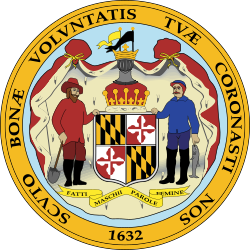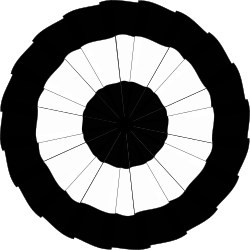| ||||||||||||||||||||||||||
| ||||||||||||||||||||||||||
 County results
| ||||||||||||||||||||||||||
| ||||||||||||||||||||||||||
| Elections in Maryland |
|---|
 |
The 1816 United States presidential election in Maryland was held on November 11, 1816 as part of the 1816 United States presidential election. [1] The Democratic-Republican ticket of the U.S. secretary of state James Monroe and the governor of New York Daniel D. Tompkins defeated the Federalist ticket. [2] Although the Federalists failed to nominate a presidential candidate, [3] [4] Federalist unpledged electors carried three single-member districts; the electors chosen from these districts subsequently abstained from the Electoral College vote. Monroe carried the remaining six districts, including two multi-member districts, worth a combined eight electoral votes. Monroe won the national election handily, defeating the senior U.S. senator from New York Rufus King, who received 34 votes from unpledged electors despite not being a candidate. [5]


